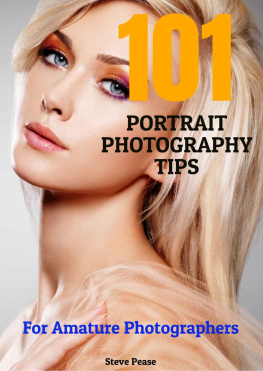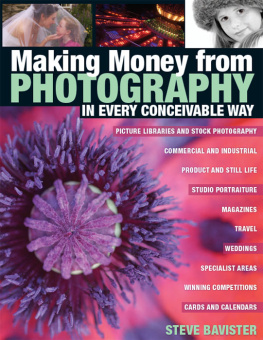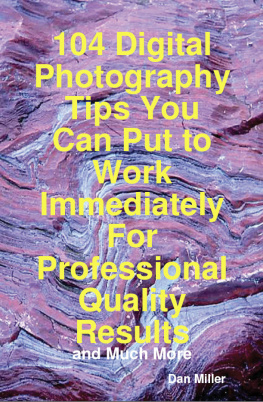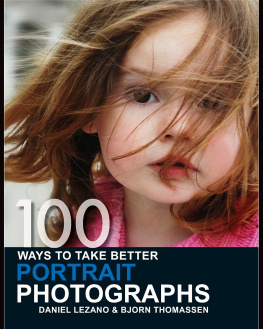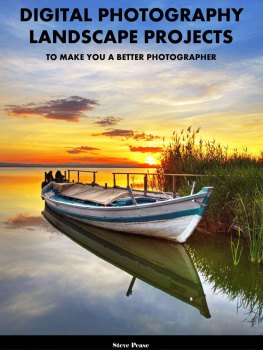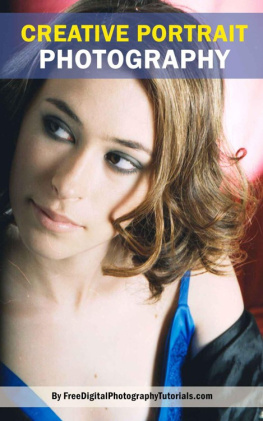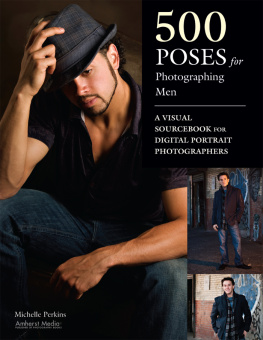PORTRAIT PHOTOGRAPHY
Tips for taking great people shots.
Copyright 2021 Steve Pease - All rights reserved.
It is not legal to reproduce, duplicate, or transmit any part of this document in either electronic means or in printed format.
The information provided is truthful and consistent, in that any liability, in terms of inattention or otherwise, by any usage or abuse of any policies, processes, or directions contained within is the solitary and utter responsibility of the recipient reader.
Under no circumstances can any legal responsibility or blame held against the author for any reparation, damages, or monetary loss due to the information in this document, either direct or indirect. Respective authors own all copyrights. The information in this document is for informational purposes only and is universal as so.
All trademarks and brands within this book are for clarifying purposes only and are owned by the owners themselves, not affiliated with this document.
Steve Pease
Introduction
This book is written to help regular people learn to take portraits like a pro. There are according to estimates close to two billion photos taken every day. Most of them are snapshots. Almost everyone has a camera on them all the time with modern cell phones.
Many of these photos taken are shots of people, friends, and family. Most of the photos taken are a quick shot with no planning or composition. They are shots people want to take to remember something important to them, a moment in time. Most of the shots are capturing an image of what they want to see. However, they are not shots most people would say are great.
If you use the tips in this book, you can take your photos from ok to great. Your everyday photos will be excellent enough to make prints. And some of them will be shots who others will say WOW when they see them and will want copies.
I have taken several hundred thousand pictures over the last 35 years, and I am constantly trying to improve my photography. My goal is always to take the best shots I can. I want people to say wow when they look at my shots.
I went through the photography course at New York Institute of photography many years ago. What I learned from the course, and my years of experience were worth every dollar. The key to be a great photographer is to see things that most people do not see, or in a way, they did not see it.
My favorite types of photography are landscape, portrait, animals, black and white, and infrared. I have shot several weddings and spend hundreds of hours just exploring different places looking for great things to take pictures of.
Portrait photography is fun because you not only have to compose the shot, but you also must pose the subject to get the composition right. With other types of photography, the subject is an inanimate object. It could be a mountain or a building or any number of other objects. If it is wildlife, you take what you can get at the time.
Posing the subject can be a challenge or fun. If you make it fun, it will make your photography easier, and you will be a better portrait photographer. To pose the subject, you need to know what looks good for the subject you are shooting. It also matters what the shot is to be used for. A sexy shot of a model, compared to a shot of a person for a business newsletter, are completely different.
If you use Evernote, set up a series of swipe files that you can access anywhere. As you are surfing the web and books or magazines, and you see portraits that you like. Save them in your swipe files so you can use them for reference in the future. Then when you are looking for a good pose or type of shot, you have it there to re-create, or pose a similar look.
I have an Evernote folder for each type of portrait shot. A file for women for all types of situations. A file for men, kids, babies, groups, seniors, pets, etc. Any type of portraits you will be shooting. I keep headshots, half body and full body shots. If you have this, you can plan before the shoot, so you know what you want to do. Ad libbing can work but having a plan will work better.
If you dont use Evernote, you should. They have a free version that will let you store your swipe files to use on any device. You can use any other file storage program the same way. Set these files up, it will help you a lot when you want to shoot portraits.
One more very cool thing online that you can use is Google Photo Storage. You can store an unlimited number of good-quality resolution shot, for no charge. I have over 300,000 photos stored on their server. I still save my originals at least two other ways, but this is awesome. I store mine at full resolution. When you use up your space, it costs you a little to store them, but it is very reasonable.
Not only do you get free storage. The site sorts your shot for you. I can look at the people section and click on a picture of my wife. The software will pull up almost every shot I have of her in a couple of seconds. This makes storing your photos quite easy and being able to access the ones you want when you want to see them.
If you have any questions or comments. Contact me at for more great books.
Table of Contents
Equipment
Photography is the only language that can.
Be understood anywhere in the world.
Bruno Barbey
Camera
Type of Camera needed
It is preferable to use an SLR when taking portraits. There are big advantages to having total control. Having control of the aperture, shutter speed and ISO, is great. However, you can still take some fantastic shots without a D SLR .
One of the keys to getting great portrait shots without an SLR is to get in close to the subject. What this does is allows you to fill the screen with the subject. Then blur the background to give better isolation for the subject, with no distraction from the background.
Many people now take most of their pictures from a phone camera, including portraits. The iPhone seven plus and newer models have a great portrait mode on them. It uses both camera lenses and blurs the background for you. It works well and takes great shots.
Be careful when you edit your phone photos that you do not over edit them. Many apps on the market give you lots of filters to make major changes to the photo. There are four apps that I use when I edit phone photos for different things. They are, be funky, enlight , Snap seed, and Pics Play.
Each of these apps has different filters I like. They each give you options for quick changes. They also give you control to not over edit and make the photos look fake.
SOME GENERAL TIPS
When taking phone portraits, try to find a reflective surface to use in the photo to add interest to your shot, if you are not filling the frame with the subject. A reflective surface in front of the subject can add a lot of interest to the photo while not detracting from it. Even something like a shiny table or counter can work well.

Taking the portrait through a window, reflecting something interesting outside. Things like trees, or a mountain or any other interesting object, can make a cool portrait. You can even use the window for interest with reflection of the subject.
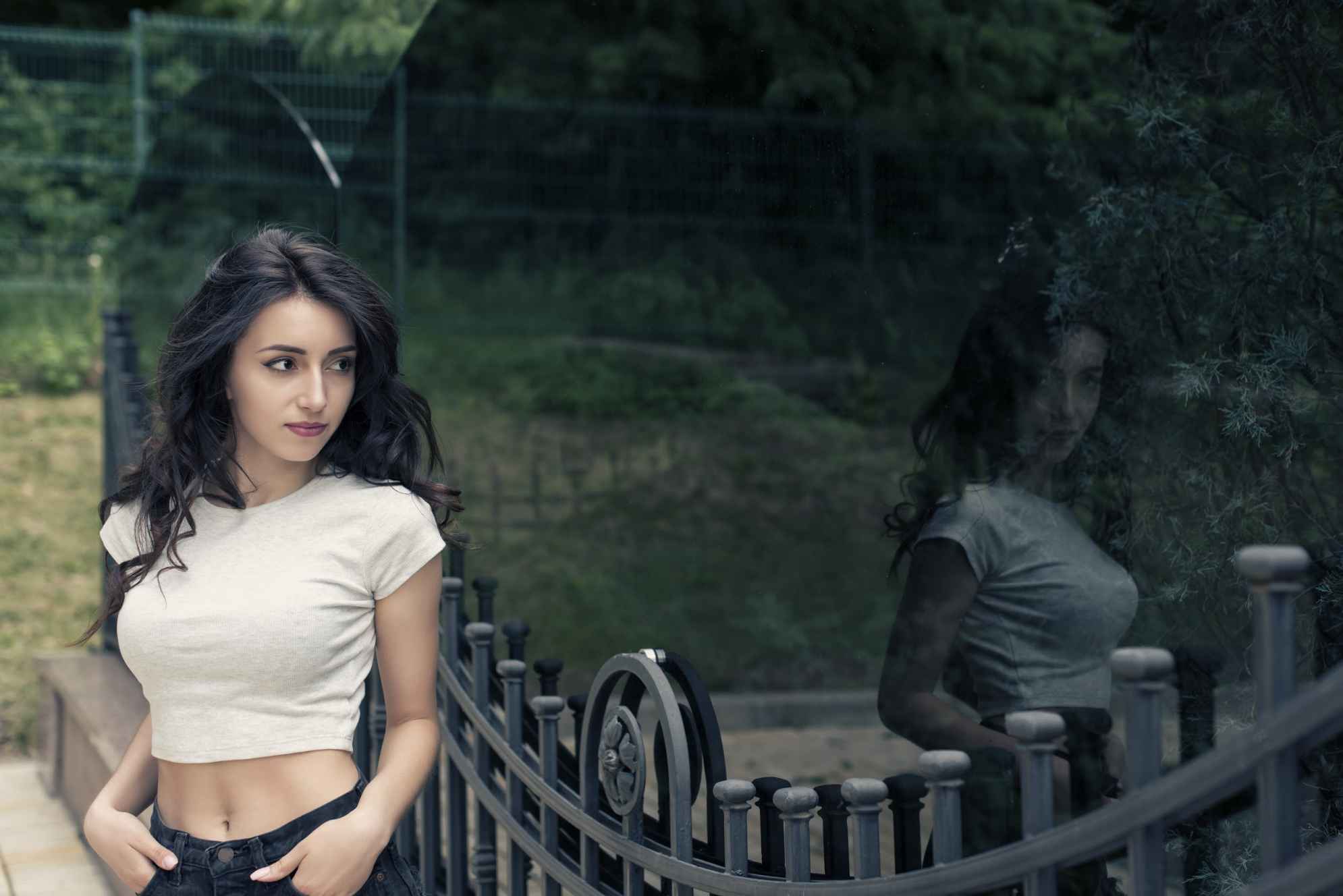
Turn on the grid in your phone so you can use the rule of thirds to compose your photos.
Do not use your digital zoom on your camera unless you must. Try to move closer to the subject so you do not lose resolution in the picture. Sometimes it is impossible, there are obstacles preventing you from getting nearer to the subject. Things like water or other things that prevent you from getting in for a tighter shot. Only use the digital zoom as a last resort.
Next page
